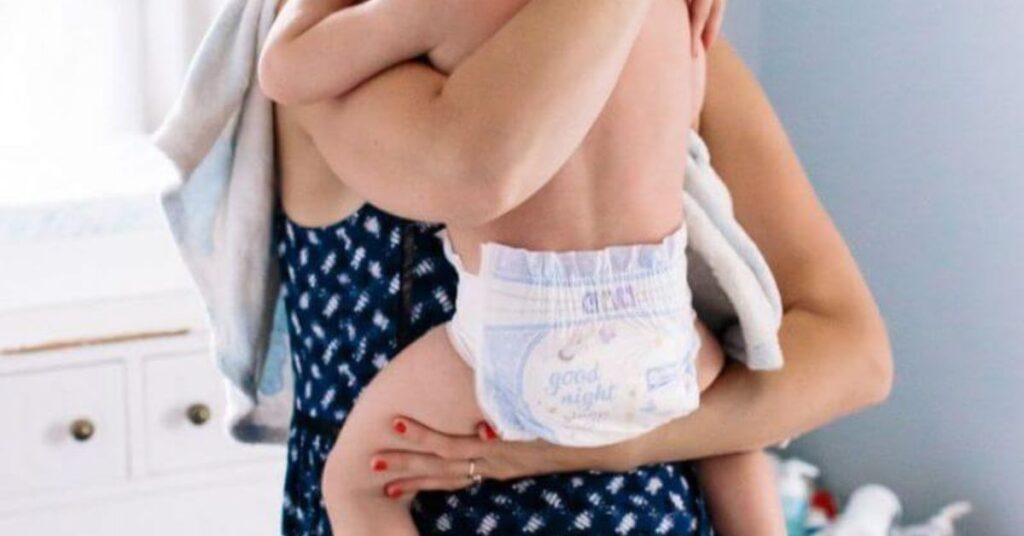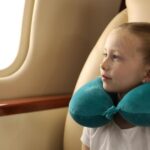Last Updated on January 9, 2025 by Muhammad Sohaib
Which Diaper Brand is Right for Your Baby?
When it comes to choosing between Huggies and Pampers, many parents find themselves weighing factors like price, comfort, and features. As a mom on a budget, I’ve explored both brands extensively.
While Pampers, a Procter & Gamble product, boasts a global market share of 35% and offers larger sizes, Huggies, made by Kimberly-Clark, holds a respectable 22% of the market. Both brands are more expensive than store-brand diapers, but they come with a guarantee of customer satisfaction. From my experience, the extra cost is worth it to avoid situations like a dreaded blowout at the grocery store.
My journey with diapers started with a desire to use cloth diapers, but when my newborn arrived six weeks early, I had to choose between these two big-name brands. Disposable diapers became my go-to, and I discovered that while both brands tout perks like reliability and comfort, they aren’t identical.
Pampers excel in fit for smaller babies and comfort, whereas Huggies stand out in durability and range. Despite their differences, both brands prioritize what matters most to parents: keeping their baby comfortable and leak-free.
Huggies Overview
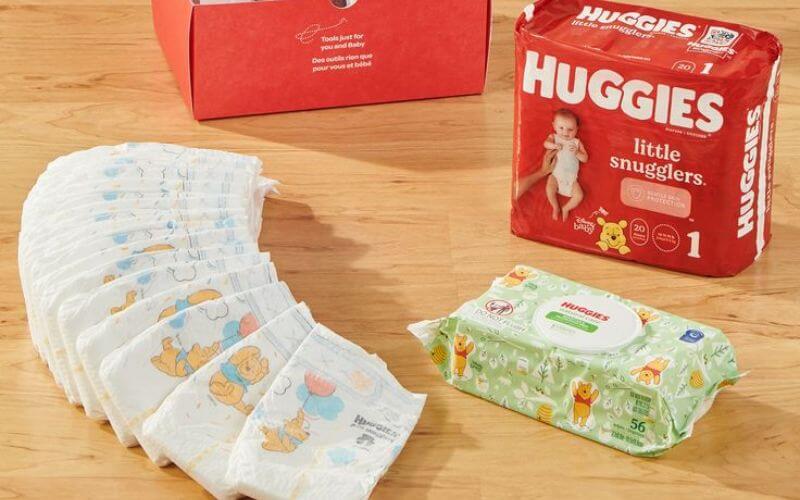
Huggies has been a trusted choice for parents since it was first sold in 1978. Known for catering to sensitive skin, their diapers are dermatologist-tested, hypoallergenic, and free from harmful ingredients.
For added comfort, the pocketed waistband prevents blowouts, while the GentleAbsorb® Diaper Liner wicks away wetness to help with diaper rash prevention.
With options for Preemies through size 6, these diapers also feature a curved shape, stretchy fit, and double grip strips for better adjustability.
Huggies offers an impressive range of product lines, including Little Snugglers Diapers, Little Movers, and Overnites Diapers, as well as solutions for bedwetting and training pants. They even provide sizes for premature babies, ensuring every child is covered.
Owned by Kimberly-Clark, the brand’s commitment to innovation includes 100% leak-free protection with their patented Leak Lock® system, which guarantees up to 12 hours of dryness.
Pampers Overview
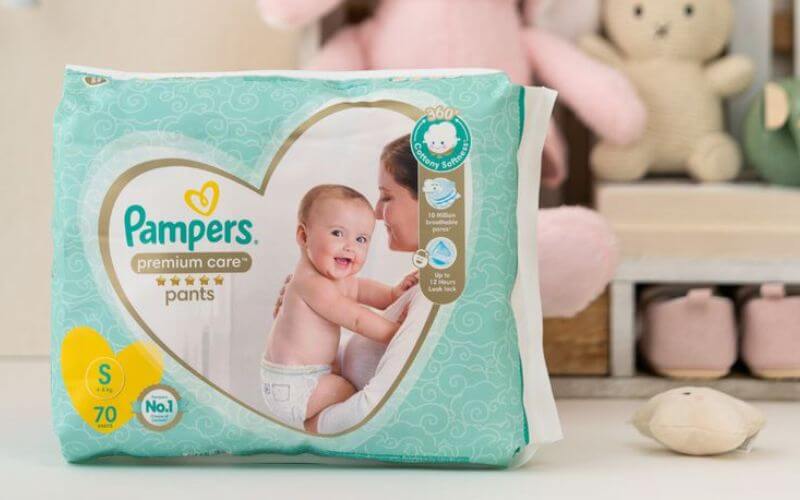
Pampers has been a trusted brand since it was first sold in 1961. Designed with superior skin protection in mind, it caters to newborns, babies, and toddlers. The diapers are made with ultra-absorbent layers, keeping your little one up to 3x drier by effectively locking wetness away and ensuring 0% skin irritation.
With features like dual leak-guard barriers around the legs and a pocketed blowout barrier, Pampers guarantees 100% leak-free prevention. These diapers are hypoallergenic, dermatologist-approved, and free from harmful ingredients, making them safe for even the most delicate skin.
Parents can choose from an extensive range of product lines, including Swaddlers, Baby Dry, Cruisers, and more. Pampers also offers sizes from Preemies to size 7, ensuring a fit for every stage. Additional innovations like LockAway Channels™ prioritize skin health.
The brand, owned by Procter & Gamble, also provides solutions for premature babies, bedwetting products, and training pants, along with baby wipes and disposable bibs like Bibsters, making it a comprehensive solution for modern parenting needs.
Leakage Battle: Huggies vs Pampers
When it comes to leaky diapers, both Huggies and Pampers stand out with features designed to prevent blowouts and keep wetness at bay. Huggies employs their patented Leak Lock® technology, which locks in moisture upon contact.
The curved elastic and snug fit ensure gentle protection while keeping the diaper securely in place. On the other hand, Pampers uses Dual Leak-Guard barriers along the leg cuffs and Lock Away Channels™, which wick away messes and provide up to 12 hours of leak-free protection.
A mom of four shared her customer review, saying she preferred Pampers because they didn’t leak. While both brands include features like a pocketed waistband to block leaks, Pampers seems to be the more mom-preferred option.
In terms of moisture management, Huggies also features a Dry Touch® liner for additional comfort, though some parents report minor issues with silica gel particles. Ultimately, each brand has its strengths, offering reliable solutions to keep your baby dry and comfortable.
Best Fitting Diapers for Your Baby
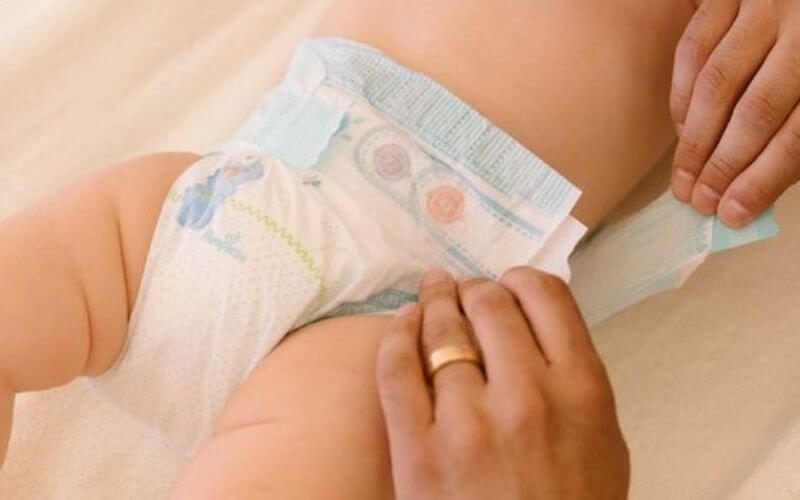
Choosing the best fitting diaper depends on your baby’s unique shape and size. For babies who are long and skinny, Pampers may provide a better fit with their slimmer profile and snug leg gussets. Preemie sizes in Pampers wrap around the baby’s waist and legs comfortably, ensuring leakage protection.
On the other hand, for average or chunky babies, Huggies is often preferred because of their stretchy straps and curved design that contour around the baby’s body. The Dry Touch® liner adds an extra layer of comfort while managing wetness.
Both brands offer special features like a waistband that curves below the umbilical cord for newborns, ensuring minimal irritation. However, parents often notice differences in how the diapers fit around the legs. While Pampers tend to seal snugly, Huggies provides a bulkier profile that some families find helpful.
The final choice often comes down to trying both and observing how they adapt to your baby’s movements and needs.
Best Priced Diaper Brand
Finding the best priced diaper brand can make a huge difference, especially when you’re diapering for ten years or more. Based on my experience, Huggies and Pampers are both excellent, but Huggies tends to be slightly cheaper.
For example, a 198-count pack of Huggies size 1 costs $0.25 per diaper, compared to $0.27 for Pampers. At Walmart, options like Huggies Little Snugglers are priced at $19.77 for a pack of 76, while Snug and Dry costs $19.47 for approx. 80 diapers, and Little Movers are $24.94 for approximately 70 diapers.
If you’re looking for nighttime protection, Goodnites are available for $18.94 for 24 diapers. These small savings add up significantly over time, making Huggies a great choice for budget-conscious parents.
On the other hand, Pampers offers quality diapers at competitive prices through their official store. Cruisers are priced at $10.99 for 31 diapers, while Swaddlers cost $10.99 for a pack of 36, and sensitive diapers are available at $11.69 for 33 diapers.
For older kids, Underjams are priced at $17.99 for 27 diapers. Both brands also allow you to subscribe and save, adding value for long-term diapering needs.
Choosing between them comes down to cost comparison and your baby’s specific needs, but the slightly lower price of Huggies often makes it the best priced diaper brand overall.
Absorbance Features: Huggies vs Pampers
When it comes to absorbency, both Huggies and Pampers are designed to prevent diaper rash and protect sensitive skin. Huggies offers the GentleAbsorb® Diaper Liner, which works well for newborns from Preemie to Size 2 by pulling wetness away quickly.
However, this feature is limited to only smaller sizes. On the other hand, Pampers provides a more comprehensive solution with its Wrap and Protect System™, which uses the Breathe Free Liner™ and ultra-absorbent layers to keep the baby’s skin up to three times drier.
The LockAway Channels™ in Pampers maintain the right pH balance while ensuring dryness across all sides. Many parents, including myself, have noticed that Little Snugglers are great for small babies, but Swaddlers by Pampers offer consistent features across all sizes.
Based on personal experience, my sons’ bottoms stayed noticeably drier with Pampers, making it a favorite in my household.
Are Huggies and Pampers Both Fragrance-Free?
When it comes to choosing diapers, parents often prioritize products that are gentle on their baby’s skin. Huggies stands out as being 100% fragrance-free, a feature many appreciate given findings about fragrance-related issues like skin irritation.
On the other hand, Pampers takes a different approach, incorporating plant-based ingredients such as stearyl alcohol and Aloe Babadensis leaf extract. They claim that parents prefer a lightly scented lotion in the diaper area, providing a subtle and refreshing bonus.
One mother, Valentine, who has a 2-year-old son, shares her experience, stating that Pampers has been her top choice among diapers. She values how the brand consistently delivers without fail and mentions the fresh, clean scent as a delightful feature.
Despite their light use of fragrance, Pampers maintains an accredited skin safety rating from the Skin Health Alliance, ensuring their products are safe and effective.
How to Find Alternatives for Huggies and Pampers
Choosing the best diapers for your baby doesn’t have to be limited to Huggies and Pampers. Brands like Kudos are becoming popular for their breathable, hypoallergenic designs and certifications like OEKO-TEX Standard 100, ensuring they are free from harmful chemicals.
With their golden standard for safety, they offer a reliable alternative. Look for diapers made with doctor-recommended cotton to protect your baby’s skin. These types of features provide comfort and confidence to parents searching for high-quality options.
When exploring other brands, focus on features that stand out. For example, 4x more plant-based components, DoubleDry technology, and two absorption layers ensure excellent absorbency.
A wetness indicator can also make diaper changes more manageable. Prioritize products that clearly display these qualities on the label, as they often align with your needs for reliability and convenience.
Some Characteristics:
1) Design
When comparing the design of newborn diapers, Pampers emerges as the clear winner. Both brands are similar in size and overall shape, but the differences in closure tab and waistband construction set them apart.
For Huggies, the tabs present several problems for the parent, including being flimsy, stretchy, and difficult to keep in place. This can result in the diaper becoming undone or skewed, leaving the baby partially covered. An unfortunate episode of a leak or even pee spilling out may occur due to these issues.
In contrast, Pampers offers a solid and well-thought-out placement of tabs, ensuring they stay in place regardless of how active the baby is. The wraps provide full coverage, including the hips, and the surface holds securely without needing frequent refastening.
While the design might lack a visual aesthetic, it prioritizes function and practicality. The advantage here is that the diaper stays intact, making it a dependable choice for busy parents.
2) Visual Appeal
When it comes to visual appeal, the winner is clear for many parents: Huggies. The brand features a cute Baby Pooh Bear pattern with a vibrant colourful print that many find more pleasing compared to Pampers.
While Pampers offers Sesame Street Babies, the use of these beloved characters on diapers can sometimes feel like a commercial invention, and some parents might even find it creepy.
For those who appreciate simple and warm designs, the Baby Pooh Bear motif stands out as the preferred choice. In this category, I personally give my vote to Huggies, which wins for its more friendly and less offensive design.
3) Umbilical Cord Clearance
When it comes to umbilical cord clearance, the fit and design of diapers make a big difference. The Huggies brand features a cut-out specifically designed to provide better belly clearance for the baby, ensuring there is no obstruction near the umbilical cord area.
On the other hand, while Pampers has a notch for the cord, the top part of the diaper above the waist is designed to be loose, which ensures that it won’t interfere or irritate the sensitive area.
This gives both brands a unique advantage, but in the end, the winner is a tie, as both have their benefits in terms of comfort and protection.
4) Wetness Indicator
Both brands feature a wetness indicator, a yellow line that runs down the middle of the diaper from front to back. When the diaper is wet, this line turns blue. While this may seem useful to some parents, I personally find it unnecessary.
The heavy bulk and smell of a wet diaper are easy to notice, so I never really needed an indicator. For me, it feels like a pointless perk. On the other hand, my partner, daddy, finds it priceless.
Over time, I’ve started to appreciate it a bit more, but I’d rather have a poop indicator so I don’t have to do the sniff test to figure out if the baby has left us a little present.
Our Final Verdict on Huggies and Pampers
When choosing between Huggies and Pampers, it really comes down to personal preference and what matters most to you. Both brands offer excellent quality, leak prevention, and absorbency, so you can trust either option.
For me, it’s about the price and fragrance. I prefer Huggies because they tend to be slightly lower in price and are completely fragrance-free, which I find appealing. They also fit comfortably on my kids, and that’s important to me.
As a parent, trial and error plays a huge part in choosing the right diaper for your baby. What works for one child might not work for another, but you can always be assured that both Huggies and Pampers are safe and gentle on your little one’s skin.
While both diapers are nearly identical, Huggies does offer some special perks that make them stand out. However, when it comes to functionality, Pampers seems to work just as well, if not better, for my child.
The deciding factor was really the fit—one package of Huggies was such a nightmare that my baby went back to Pampers, and she’ll likely stay with them until she’s ready for cloth diapers. At the end of the day, it’s all about what works best for you and your baby.
